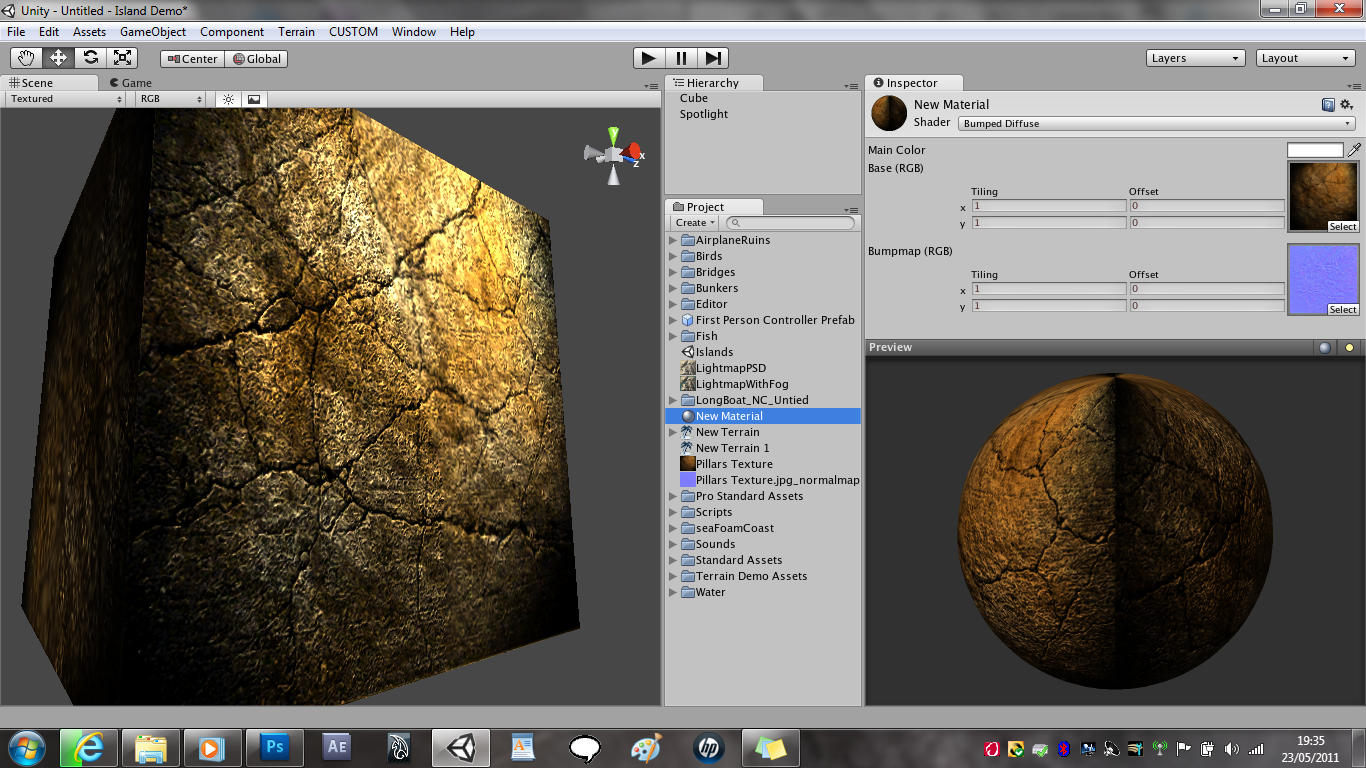
The possibilities accessible to the material are determined by the shader it employs. Materials are descriptions of how a surface should be produced, containing texture references, tiling information, colour tints, and other details. 在 2019.Materials, Shaders, and Textures are used to render in Unity and they all have a close relationship in Unity.The Asset Store also displays suggestions and special lists of packages here. (F) The list of Asset Store packages that match any searches, filters, sorting, or categories you select. You can apply these filters to any searches, categories, selections, or sorting schemes you make.

(E) The filter sidebar helps refine the list of Asset Store packages displayed.

You can filter by Price (including Free) and Rating. (D) Quick filter and sort controls help narrow and order the list of Asset Store packages displayed.

From the Asset Store’s website, you can find Asset Store packages and see the list of assets you already own To access the Asset Store, open a web browser and go to. Publishing to the Asset Store helps guide Asset Store package producers through the process of creating, marketing, and managing Asset Store packages for the Unity community.However, you can still access the Asset Store website at and you can still search for your purchased and downloaded Asset Store packages, and import and download them directly in the Package Manager window.

Starting from Unity 2020.1, the dedicated Asset Store window is no longer hosted inside the Unity Editor. A wide variety of assets are available, including textures, models, animations, entire project examples, tutorials, and Editor extensions. The Unity Asset Store contains a library of free and commercial assets that Unity Technologies and members of the community create.


 0 kommentar(er)
0 kommentar(er)
